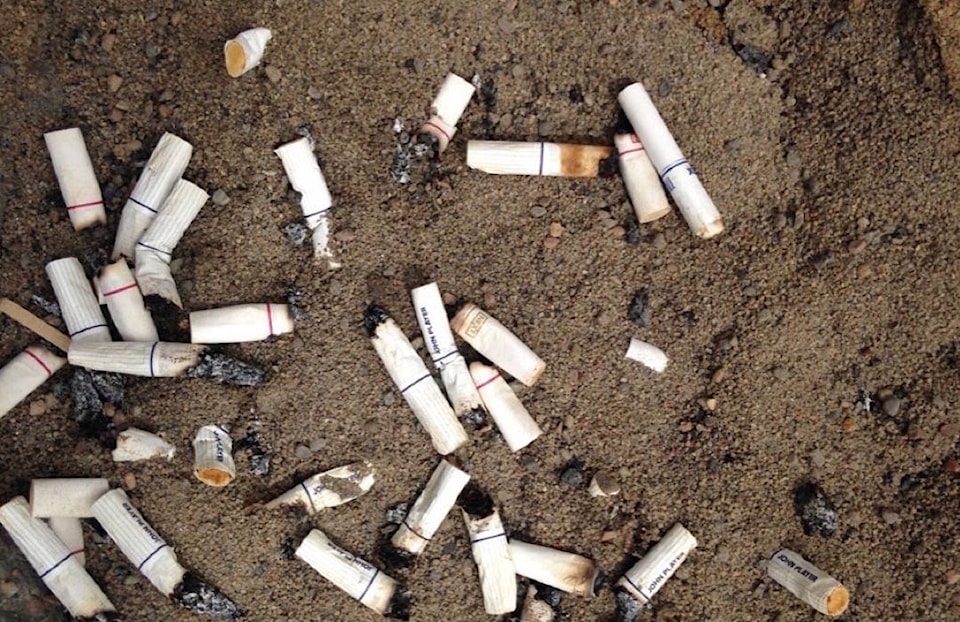Everybody has seen the pictures of smokers’ diseased lungs and the attached warnings.
Not everyone has a sense of the smoking big picture — its impact on everything from health and environment to economics and productivity.
Joanne Marcotte, a tobacco reduction specialist with Alberta Health Services(AHS), said messages about the dangers of smoking for individuals are still reinforced.
“However, the World Health Organization is looking at how (smoking) is threatening us globally, and a lot of the things that come into play with that,” said Marcotte on Tuesday.
That encompasses the impact of tobacco right from the cultivation stage where farmers are at risk from chemicals used in growing tobacco, through manufacturing to the end consumer and future health impact.
Marcotte was at Bower Ponds on Tuesday to raise awareness about smoking as part of World No Tobacco Day, which has been going on for more than 20 years.
Tobacco is the leading preventable cause of disease, disability and premature death in Alberta. It is linked to 3,000 deaths a year in this province.
Darrel Melvin, a consultant with the AHS Provincial Tobacco Reduction Program, said Canada is a signing partner on the World Tobacco Control Convention, which brings countries together to agree on how they will jointly tackle tobacco issues. Canada has its own federal tobacco control strategy that the province is aligning with.
The campaign to reduce tobacco use goes beyond individual warnings. Some efforts are aimed at prevention, which can include boosting the cost of tobacco to make it less desirable or restricting the number of places smoking is allowed.
Bringing programs into schools and broadening the tobacco message to include the dangers of second- and third-hand smoke.
Second-hand smoke dangers are widely understood but third-hand smoke may not be as familiar. It is made up of the residue and gases of tobacco smoke that can cling to surfaces and dust long after the smoke has cleared.
Cancer-causing tobacco-specific nitrosamines are created, ready to be inhaled, absorbed or ingested by others. Children are particularly vulnerable.
pcowley@reddeeradvocate.com
